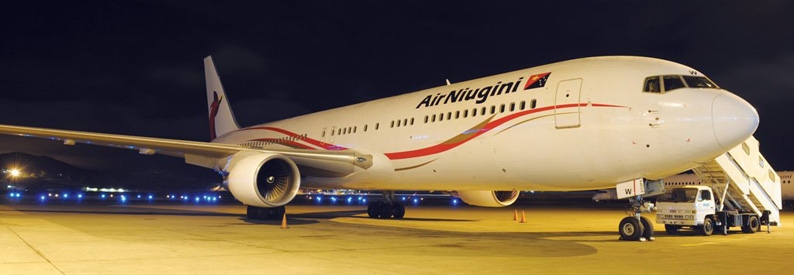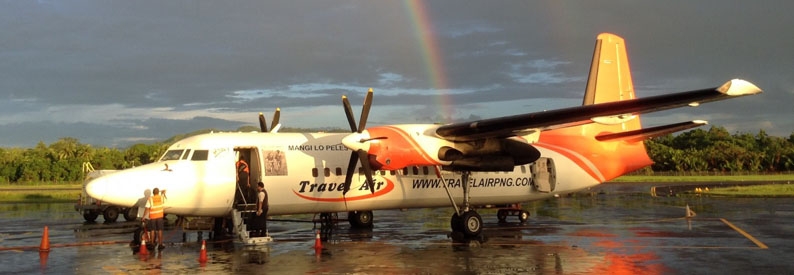Papua New Guinea’s former budget carrier Travel Air (Madang) plans a comeback with three B737-300s to service major ports and DHC-8-Q400 turboprops for smaller destinations, according to founder Eremas Wartoto.
In an interview with Papua New Guinea's Post-Courier newspaper, Wartoto pledged to resurrect the carrier to bring down airfares in the island country in the southwestern Pacific. “I cannot stand the costly airfare rates which are killing our citizens. Domestic airfare costs must be reasonable to allow people to travel. We are being robbed,” he said.
A Papua New Guinean court ordered the airline to stop operating in 2016 after it failed to pay PGK21.2 million kina (USD6.7 million) in lease payments of three F50s to US lessor AeroCentury.
“We are looking at three Boeing 737 for the start, which would be brought in from Europe. [They] would accommodate up to 150 passengers and three tonnes of cargo. We will then bring in smaller aircraft such as Dash-8-400s to service other smaller destinations,” he told the Post-Courier.
Wartoto said his team was “working hard” to meet civil aviation requirements to restart the airline. He also mooted a standard airfare of PGK350-PGK400 kina (USD99-USD113) and selling tickets through supermarkets.
However, his plan hinges on the government extending the island’s runways to accommodate bigger aircraft, which he said would decrease fares.
“To enable big planes to service major destinations, the government must invest in extending runways of major airports in the country to allow citizens to travel on larger aircraft domestically,” he argued.
According to the ch-aviation Commercial Aviation Operator Capacity Data module, the Papua New Guinea market is dominated by national carrier Air Niugini (PX, Port Moresby), which holds almost 90% market share in terms of weekly airline seats at the capital Port Moresby. PNG Air and Qantas divvy up the rest of the passenger market out of the capital.
Qantas resumed regular flights between Port Moresby and Brisbane International with a B737-800 last week after a two-year hiatus due to the pandemic.


